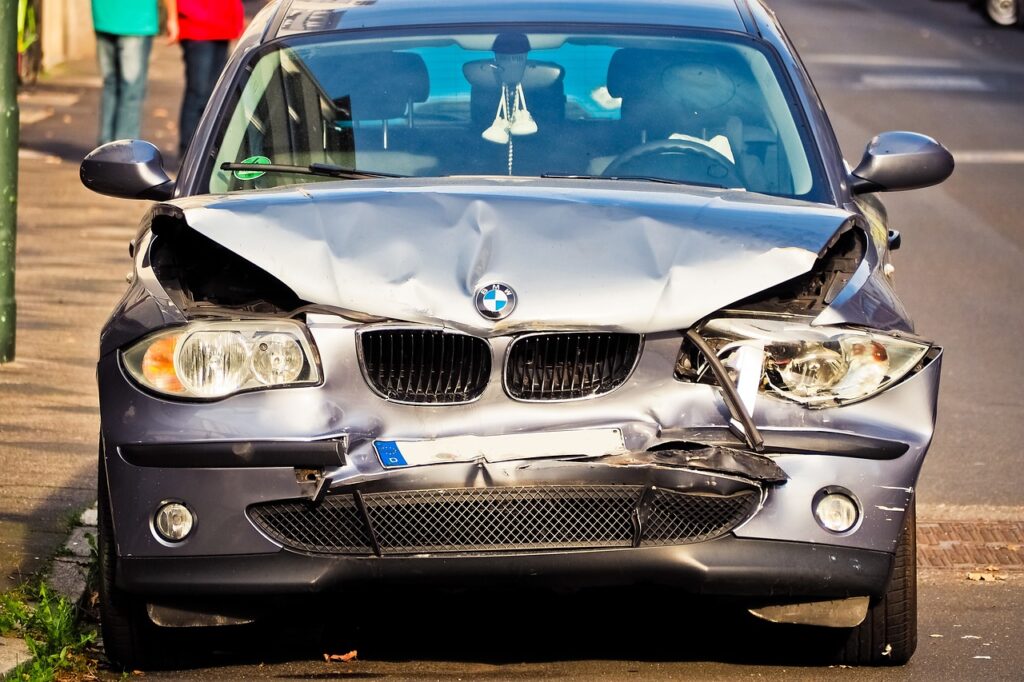Getting into an accident is stressful enough, but discovering that the other driver is uninsured can add an extra layer of complexity and frustration to the situation. While auto insurance is a legal requirement in many areas, not all drivers comply, leaving you potentially facing significant financial and legal challenges. Consulting an experienced Uninsured Driver Accident Lawyer can help you understand your rights, explore your options, and ensure you receive the compensation you deserve. Knowing the steps to take in such scenarios is crucial for protecting your interests and navigating the aftermath of the accident more smoothly.
Immediate Steps at the Accident Scene
Ensure Safety First
Before addressing any insurance concerns, prioritize the safety of all parties involved. Move to a safe location if possible, check for injuries, and call emergency services if there are any immediate health or safety concerns.
Document the Scene
Regardless of the insurance status of the other driver, documenting the accident scene is essential. Take photos of the vehicles, their positions, any visible damage, and relevant road signs or signals. Also, gather contact information from any witnesses.
Exchange Information with the Other Driver
Attempt to exchange contact and vehicle information with the other driver. Even if they are uninsured, obtaining their name, address, phone number, and vehicle details is important for any subsequent legal or insurance processes.
Post-Accident Actions
Report the Accident
Notify the police about the accident, especially if there are significant damages or injuries, or if the other driver is uninsured. A police report can be invaluable in documenting the incident and establishing facts.
Contact Your Insurance Company
Inform your insurance provider about the accident as soon as possible. Provide them with all the collected information, including the uninsured status of the other driver, photos from the scene, and the police report if available.
Understand Your Coverage
Review your insurance policy to understand what coverage you have that might apply in this situation. Some key coverages that can be particularly relevant include:
Uninsured Motorist Coverage (UM): This coverage is designed specifically for accidents involving uninsured drivers and can cover medical expenses and, in some cases, property damage.
Collision Coverage: This part of your policy can cover damages to your vehicle in an accident, regardless of the other driver’s insurance status.
Personal Injury Protection (PIP) or Medical Payments Coverage: These coverages can help with medical expenses resulting from the accident.
Legal and Financial Considerations
Managing Expenses
If you have the relevant coverage, your insurance company should be able to assist with the expenses related to the accident. However, if you lack uninsured motorist or collision coverage, you might need to pursue compensation directly from the other driver, which can be challenging and may require legal assistance.
Seeking Legal Advice
Consulting with a legal professional can provide you with guidance on how to proceed, especially if you’re considering taking legal action to recover damages from the uninsured driver. An attorney can advise you on the viability of such an action and the best strategies to pursue.
Preparing for Future Incidents
This experience can also serve as a prompt to review and possibly adjust your insurance coverage to protect yourself against similar situations in the future. Consider policies like uninsured motorist coverage and collision coverage as part of your standard insurance package.
Navigating the Road Ahead
Encountering an uninsured driver in an accident can complicate the recovery process, but by taking the right steps, you can navigate the situation with greater ease and confidence. Prioritizing safety, documenting the incident thoroughly, understanding your insurance coverage, and seeking professional advice when necessary are key actions that can help mitigate the challenges posed by such accidents. Remember, preparation and knowledge are your best allies in dealing with the unexpected on the road.

